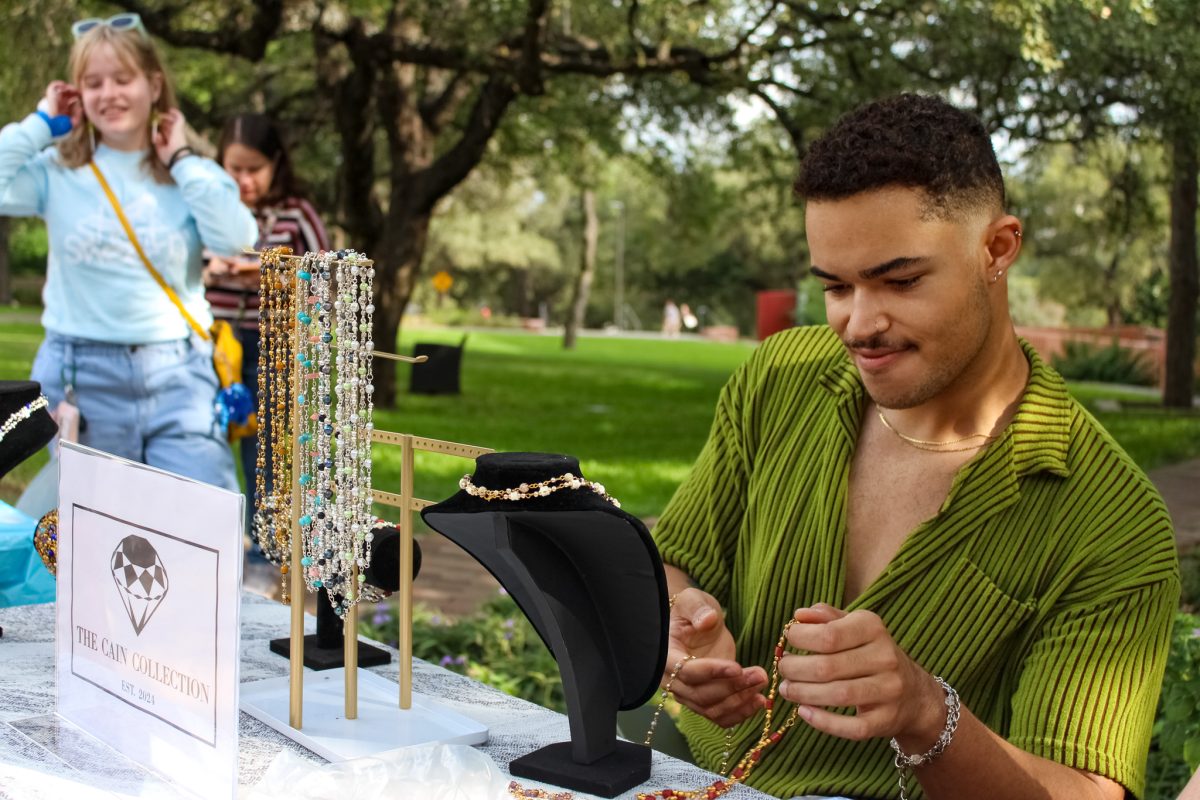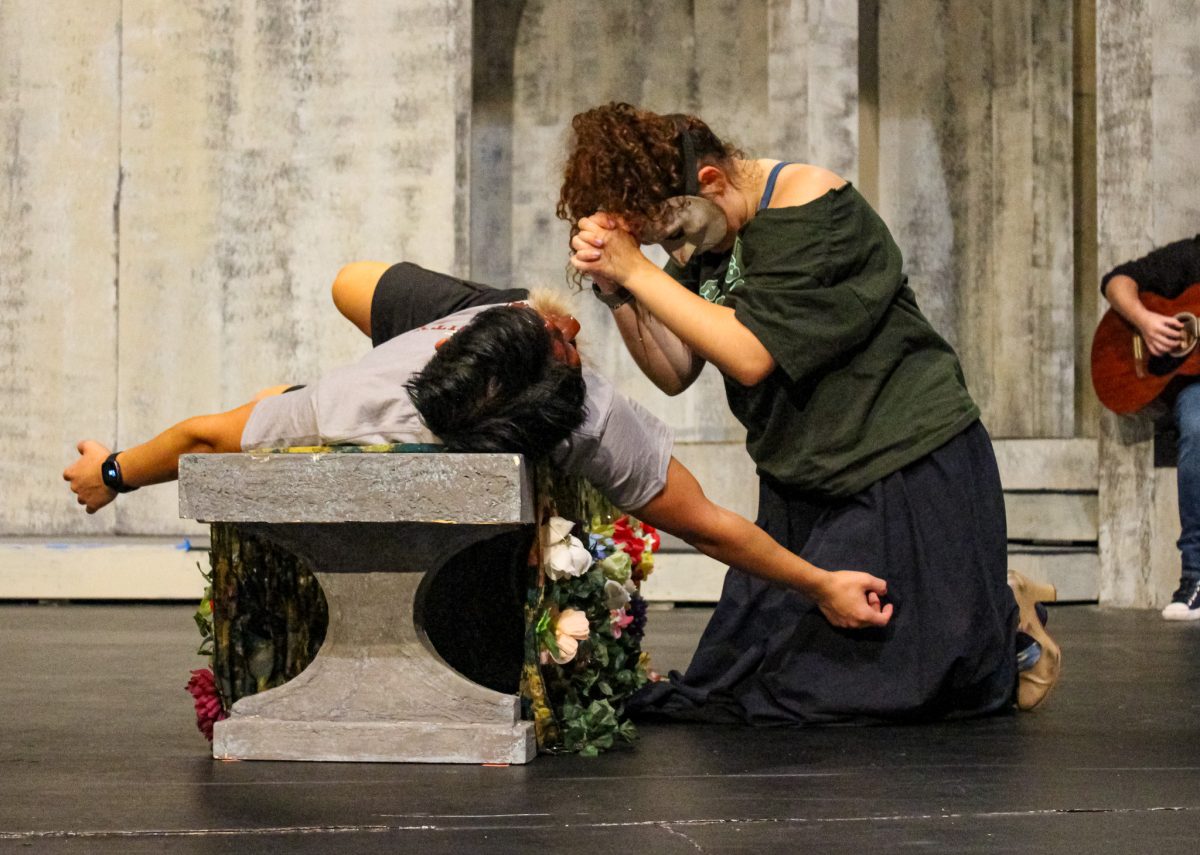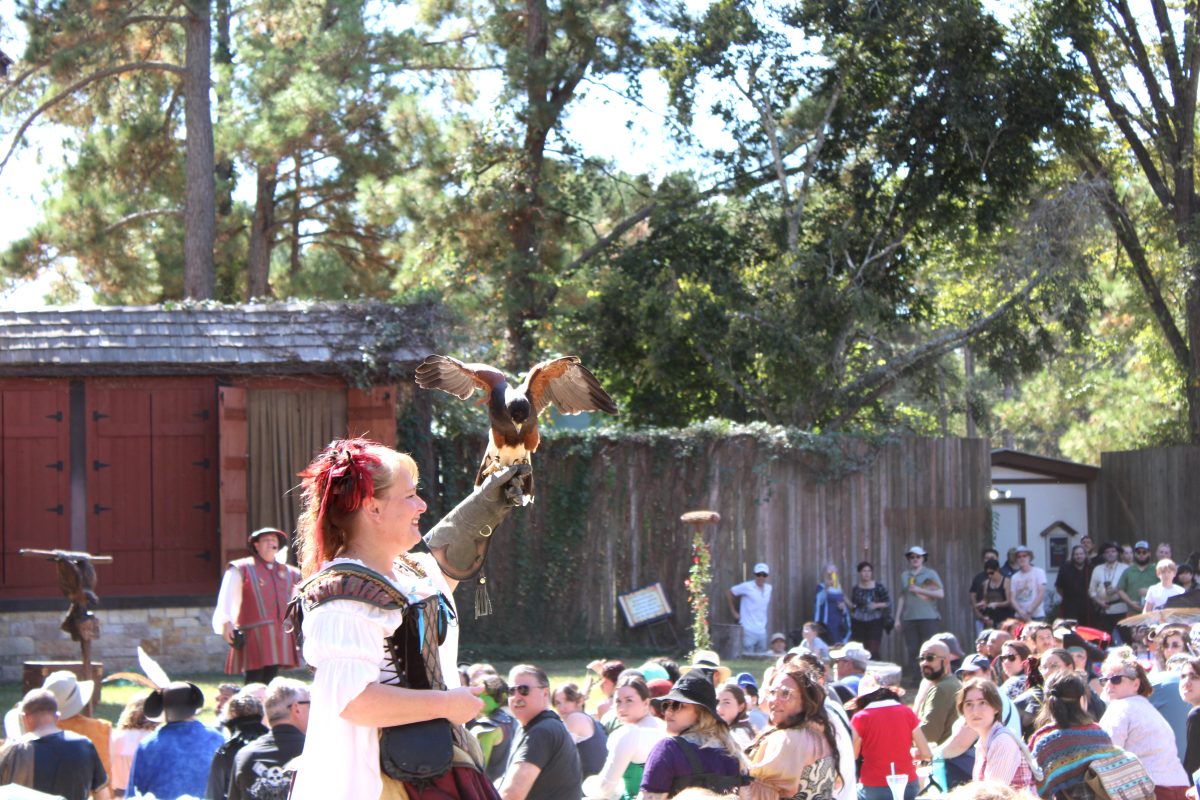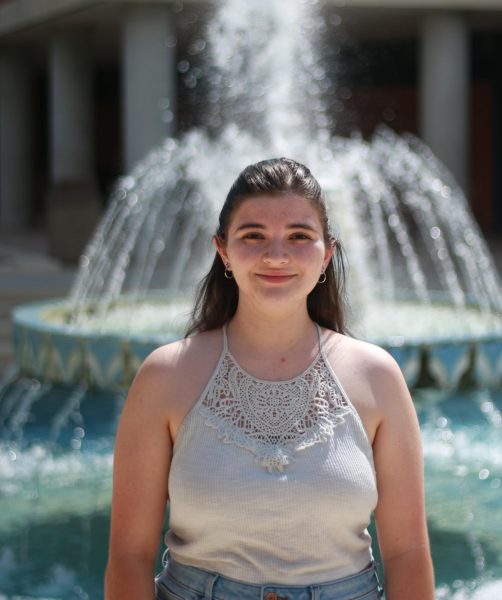After 30 years of continual manga updates and 1,076 anime episodes, Netflix has adapted Eiichiro Oda’s “One Piece” into a live-action series. After many unsuccessful adaptations of other anime, including “Death Note” and “Cowboy Bebop,” Netflix’s “One Piece” may be a faithful adaptation that showcases what makes the long-running series special to its fans.
The plot centers around Monkey D. Luffy, a plucky young pirate hoping to assemble a crew to find the One Piece — a treasure that grants whoever finds it the title of King of the Pirates. “One Piece” takes place in an imaginative world full of pirates and magic powers, but the focus is on Luffy’s crew and their camaraderie with each other as they hop from one island to the other in search of the One Piece.
The manga started in 1997 and an anime adaptation followed after just two years, and both have been continuously going for the past 30 years. Since its conception, “One Piece” has had a large and devoted fan base. Some old fans have kept up with the anime/manga since the 90s, and brand-new fans are scrambling to catch up. Either way, millions of people passionately love “One Piece” and anxiously await each new manga chapter and anime episode.
Liam Brinks, junior theatre major, describes how the expansive world, unforgettable story and likable characters of “One Piece” make it such a good manga and anime.
“The creator has made this incredible world that’s really immersive and has so much potential. … Just the main story itself is fantastic and it’s got a lot of great characters that you get really attached to,” Brinks said. “Also, it’s fun. It’s just fun to watch.”
The fact that the actors were passionate about portraying the characters and that Oda was involved in the production process may have been major factors in helping Netflix’s “One Piece” keep the spirit of the anime. However, because of Netflix’s history of bad anime adaptations, fans were doubtful.
Price Palmer, junior accounting major, talked about how fans felt when Netflix announced the live-action adaptation. After many failed attempts at anime adaptations, “One Piece” fans doubted Netflix’s ability to stay true to the source material.
“And I know that most people weren’t expecting a lot because live-action adaptations — especially from Netflix — tend not to be super good, but this ended up being a pleasant surprise,” Palmer said.
According to Brinks, Netflix made good use of its special effects to emulate the tone and pacing of the anime, which has a very exaggerated and cartoony art style.
“I think the CGI plays a big part in it,” Brinks said. “If [a movie] has bad CGI, it makes it kind of cringy and harder to watch. But the way it works here feels realistic enough … it looks clean in a way that fits with the anime style comparatively.”
With the success of the live-action adaptation of “One Piece,” Netflix may renew the show for more seasons, making “One Piece” even more accessible to potential fans. Dylan Clasby, junior accounting major, discussed how this adaptation can help “One Piece” grow an even larger fan base.
“I definitely think that this show will bring in future fans, especially since the first season covers 45 anime episodes in eight episodes,” Clasby said. “So, it’s less time consuming to watch and I think that makes it less intimidating to new fans.”









